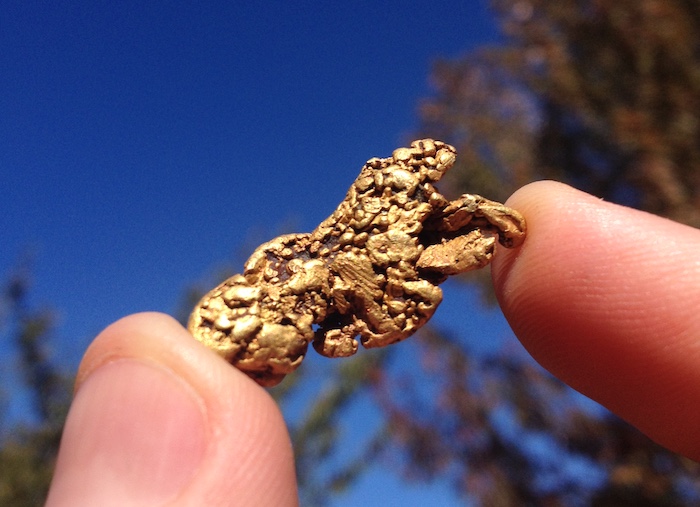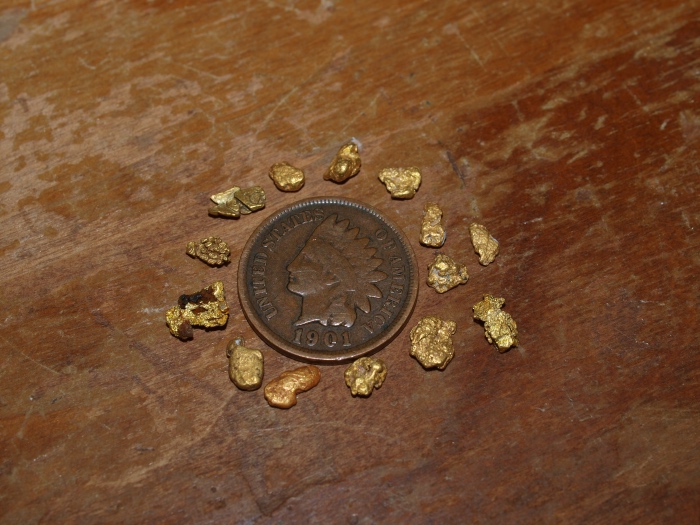
North Carolina has the distinction of having the very first documented discovery of gold in the United States at the Reed Gold Mine. Since the discovery in 1799 gold has been located primarily as lode deposits and byproducts from mining for other minerals.
Running in a diagonal line across the state is the Carolina Slate Belt, where most of the North Carolina gold is found. This line starts in the northwest around Caswell, Person and Granville counties and ends up in the southwest around Gaston, Meckenburg and Union counties.
In Granville County there are placers in the streams, but most gold production is as a byproduct from the copper mines. There are good placer streams in Person and Caswell counties as well.
Toward the south, the Hoover Hill Mine is located in Randolph County. It produced great amounts of gold and there are rich placer deposits in the Uwharrie River nearby.
Historically, a lot of gold was produced in Stanly, Union and Cabarrus Counties. Check out the Rocky River for placer gold, as well as all the waters in the area. There are a lot of lode gold mines in the area, and around the Reed Gold Mine some pretty big nuggets have been found.
Also Read: Finding Gold Nuggets with a Sluice Box

This graphic courtesy of the USGS shows the general location of the Carolina Slate Belt. This area spans across several states. Most of the gold mines are located within this area because the geology is suited for gold formation. As you can see, there are also good gold mining areas in South Carolina as well.
With a high quality metal detector you might have some pretty good luck in this area. I have seen some very nice specimen gold recovered from hard rock mines in North Carolina. Placer gold can be recovered from many creeks and rivers throughout the state.
Similarly, there are lode deposits here and there, and all the waters will potentially produce gold in Davidson County, as well as Montgomery County close by. The Uwharrie River and tributaries has produced placer gold and is worth checking out.
There is definitely a lot of gold left in North Carolina. With the history of large gold nuggets being found, a metal detector certainly might work, but don’t overlook standard placer mining methods in the creeks. Most of the gold you will recover is going to be fine. Sluicing and panning are probably your best bet.
You should know that most of the areas in the state that have gold are on private property. Get permission before you start, and be respectful of the areas that you are working in.
Next: Basic Equipment to Get you Started as a Gold Prospector

